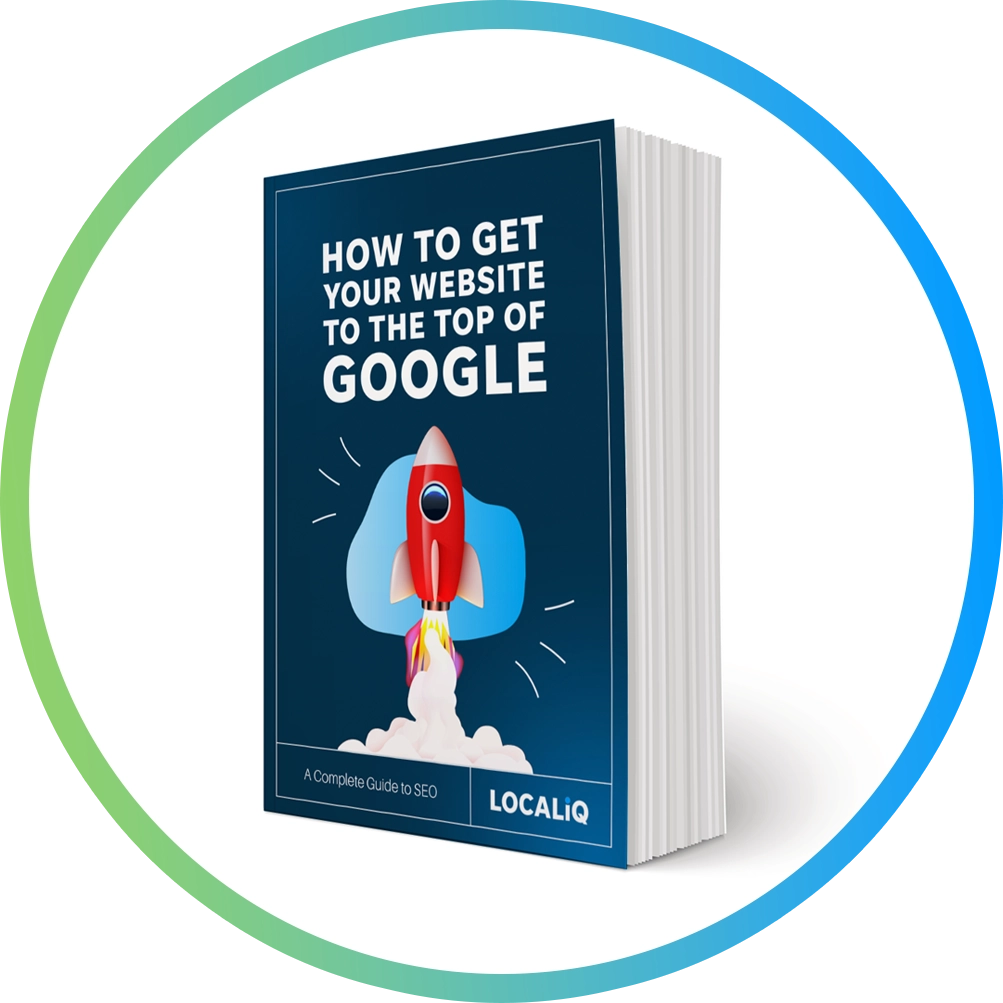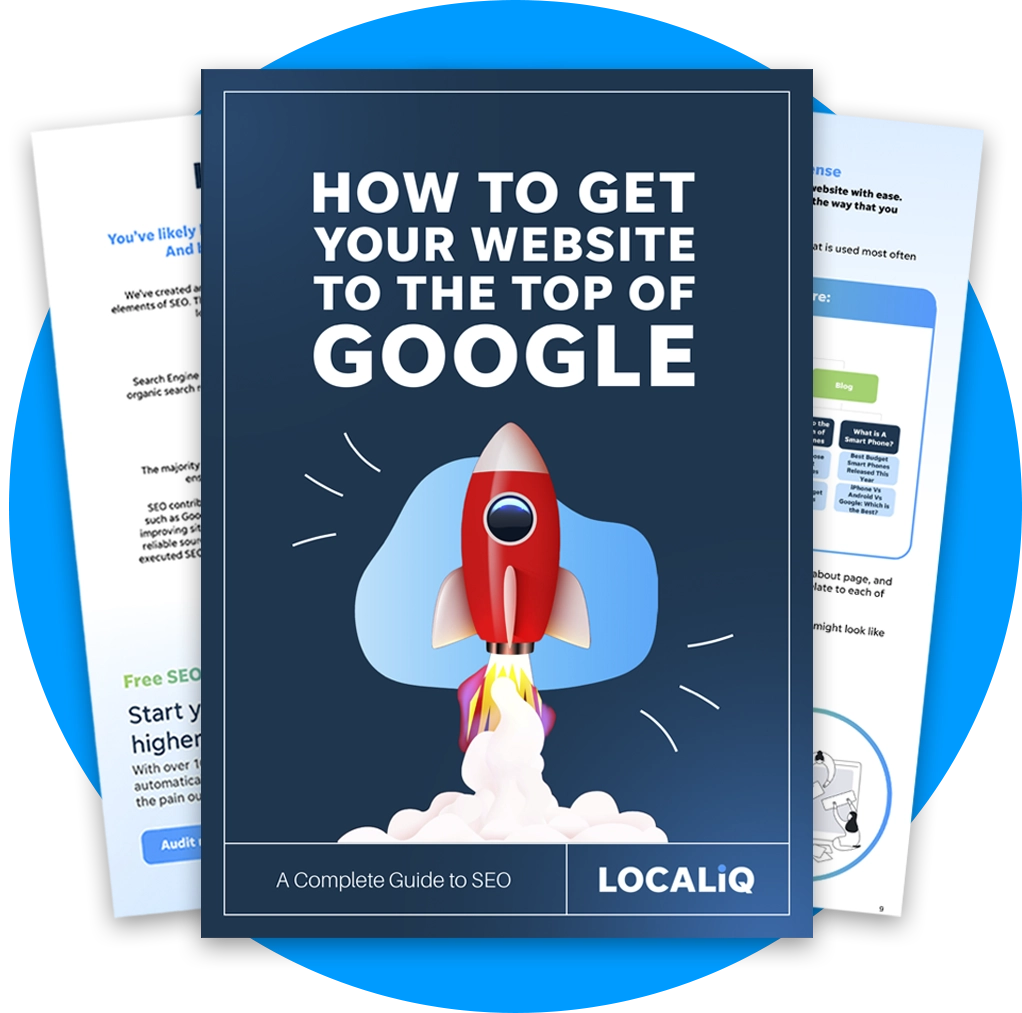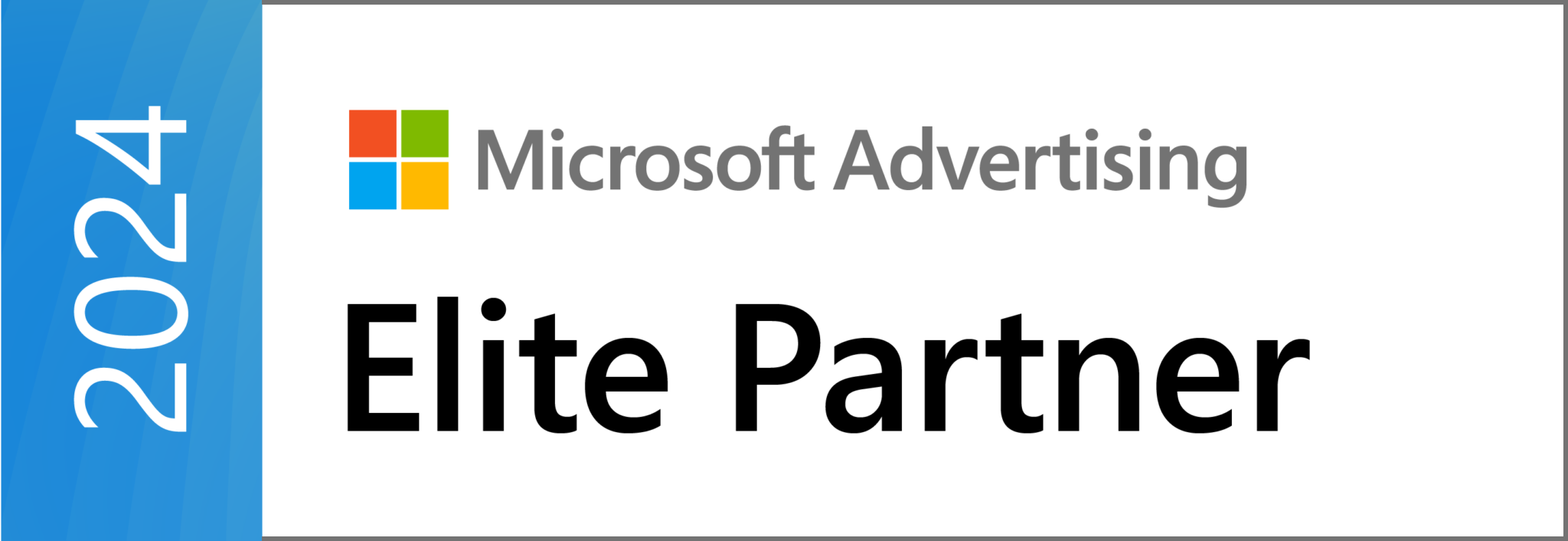Free Resource
How to Get Your Website to the Top of Google
A Complete Guide to SEO [2025 Edition]

Learn the basics of SEO with our free guide
What will this SEO guide cover?
- Basic SEO: Get started with the key fundamentals, including site structure and hosting.
- AI in search: Understand the impact AI Overviews have on SEO.
- On-Page SEO: Explore on-page techniques such as keyword research, alt-text, meta-tag optimisation and more.
- Off-Page SEO: Learn more about gaining backlinks and optimising online listings.
- Technical SEO: From sitemaps to site speed, uncover strategies that will improve your website’s technical SEO.
Who is this SEO guide for?
This guide is aimed at beginners wanting to get started with SEO, however it is suitable for anyone who wants to learn more about search engine optimisation. We’ve broken down the core elements to make learning SEO more digestible.
The guide is completely free and is delivered as a PDF, so you can download it and learn at your own pace.

What is search engine optimisation?
Search engine optimisation (SEO) is the process of improving the search ranking of a website or web page in search engine results pages (SERPs) through various techniques and strategies. Websites at the top of Google experience more traffic than those websites that appear further down the SERPs.
The ultimate goal of SEO is to attract more organic (non-paid) traffic to your website by increasing its search positions for relevant keywords and phrases.
How are pages ranked on Google?
Search engines like Google use complex algorithms to determine the relevance and quality of a website. These algorithms review hundreds of factors, including keywords, site structure, backlinks, and user engagement metrics (like click-through rates and bounce rates). By aligning your site with these factors, you can improve its chances of ranking higher in SERPs.
How does Google’s algorithm work?
Google utilises a 3-step approach to ensure the most relevant websites appear on its search results pages:
Crawling
Google’s bots (or “spiders”) explore the web, searching for new or updated webpages. They’ll look at text, images, and videos.
Indexing
Google analyses the data from the discovered URLs. It examines page content, including text, images, and other media. All this information is stored in the Google index.
Serving
Based on specific search queries, Google determines which pages best match user intent. The search algorithm considers various ranking factors to display relevant pages at the top.
You’ll want to ensure the content that Google finds on your website is optimised for search, otherwise it’s unlikely that your web pages will appear on page one of Google’s SERPs.
Our free SEO guide will walk you through the key areas of SEO so you can feel confident that your website adheres to SEO best practices.
We're proud to be recognised






